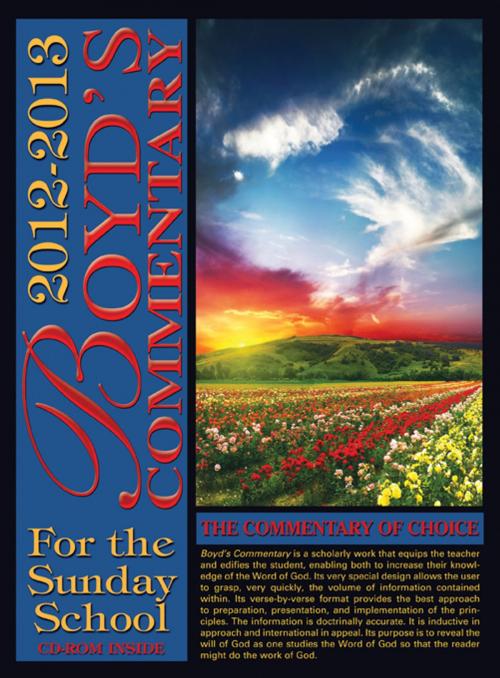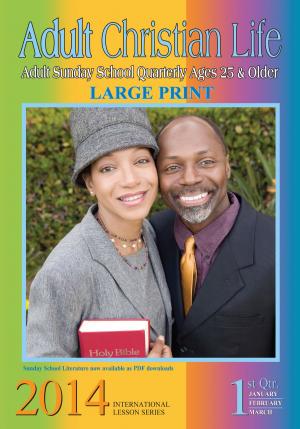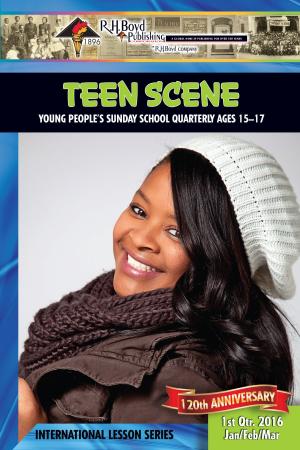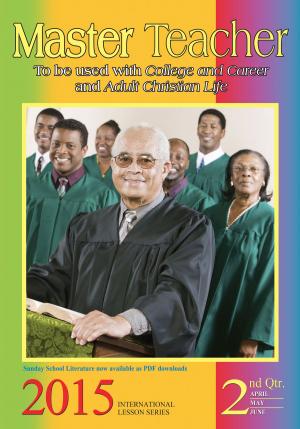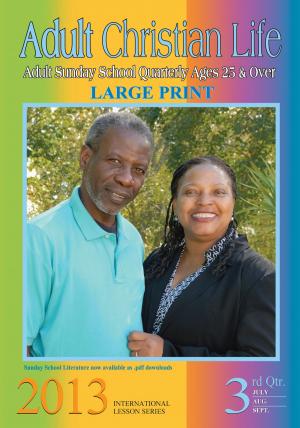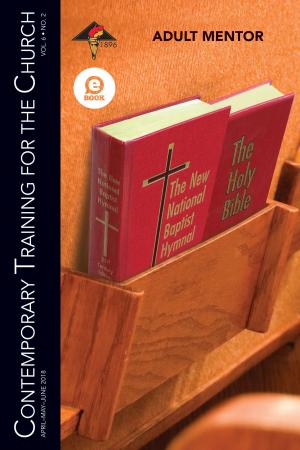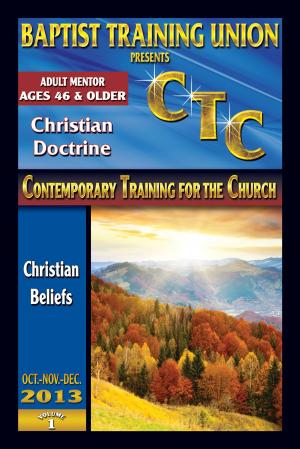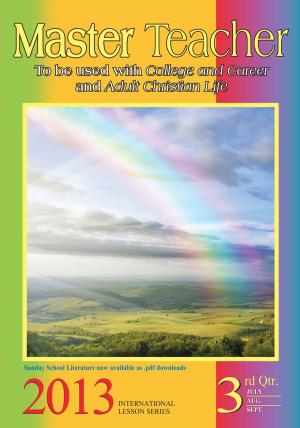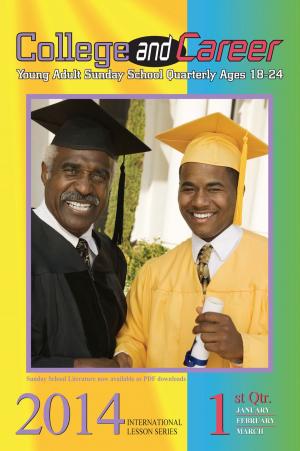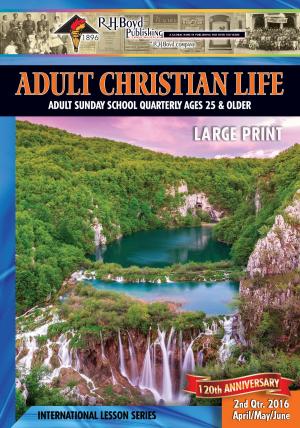Boyd's Commentary 2012-2013
Nonfiction, Religion & Spirituality, Bible & Bible Studies, New Testament, Commentaries| Author: | Dr. Jerry B. Madkins, Dr. Phyllis Jones, Dr. Cecelia Benoit-Duval | ISBN: | 9781589424296 |
| Publisher: | R.H. Boyd Publishing Corporation | Publication: | April 15, 2012 |
| Imprint: | R.H. Boyd Publishing Corporation | Language: | English |
| Author: | Dr. Jerry B. Madkins, Dr. Phyllis Jones, Dr. Cecelia Benoit-Duval |
| ISBN: | 9781589424296 |
| Publisher: | R.H. Boyd Publishing Corporation |
| Publication: | April 15, 2012 |
| Imprint: | R.H. Boyd Publishing Corporation |
| Language: | English |
This year’s study brings to light four significant themes. The first theme is “A Liv- ing Faith” (September 2012—November 2012), which examines the latter half of the epistle to the Hebrews as well as the apostolic ministry as recorded in the book of Acts. The theme in the second quarter is “Jesus Is Lord” (December 2012—Febru- ary 2013). This quarter, which draws from three of Paul’s epistles, details the early Church’s teaching about Christ. By reading Paul’s letters to the Ephesians, Philippi- ans, and Colossians, we will gain a deeper understanding of who Christ is and what it might mean for us to imitate Him in our lives. The third theme, “Beyond the Present Time” (March 2013—May 2013), traces the theological subject of hope in both the Hebrew and Christian Scriptures. Lastly, we will explore the theme “God’s People Worship” (June 2013—August 2013). This quarter emphasizes worship, especially in the context of pre-exilic and post-exilic Israel.
This year’s study brings to light four significant themes. The first theme is “A Liv- ing Faith” (September 2012—November 2012), which examines the latter half of the epistle to the Hebrews as well as the apostolic ministry as recorded in the book of Acts. The theme in the second quarter is “Jesus Is Lord” (December 2012—Febru- ary 2013). This quarter, which draws from three of Paul’s epistles, details the early Church’s teaching about Christ. By reading Paul’s letters to the Ephesians, Philippi- ans, and Colossians, we will gain a deeper understanding of who Christ is and what it might mean for us to imitate Him in our lives. The third theme, “Beyond the Present Time” (March 2013—May 2013), traces the theological subject of hope in both the Hebrew and Christian Scriptures. Lastly, we will explore the theme “God’s People Worship” (June 2013—August 2013). This quarter emphasizes worship, especially in the context of pre-exilic and post-exilic Israel.
